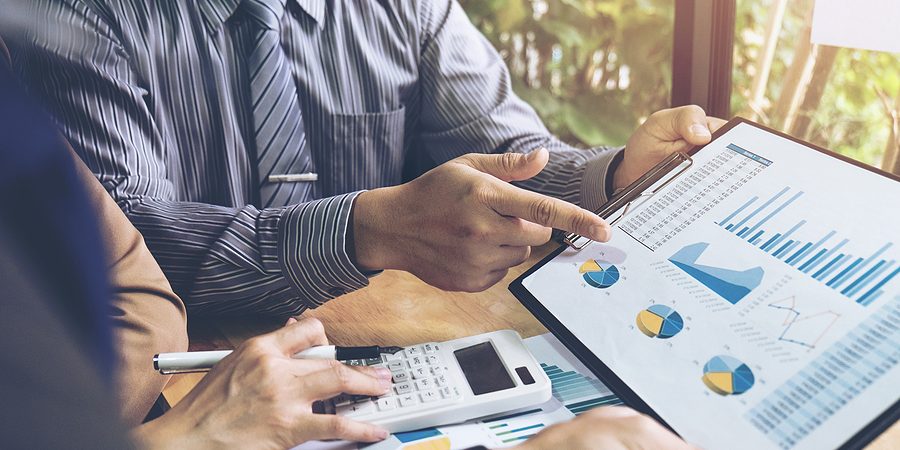The Power of Insight: Turning Event Data into Influence
In the era of digital transformation, data has become a crucial asset in every industry, and the events sector is no exception. The ability to collect, analyse, and leverage data can significantly enhance the impact of events, turning them from mere gatherings into powerful tools of influence. This article will delve into the role of data in events, how to collect the right data, analyse it for valuable insights, and ultimately, how to use these insights to drive influence.
Understanding the Role of Data in Events
Data is the backbone of modern event management. It informs every stage of the event planning process, from conceptualisation to execution, and post-event analysis. Data allows event organisers to understand their audience, personalise experiences, optimise logistics, and measure success.
For a corporate event planner in Singapore, data is particularly vital. It provides insights into attendee behaviour, preferences, and engagement levels, enabling the creation of tailored experiences that resonate with participants. In virtual event management, where direct interaction is limited, data becomes even more critical, offering a window into the virtual attendees’ experiences and providing the information needed to enhance engagement and satisfaction.
Collecting the Right Data
The first step in turning data into influence is collecting the right kind of data. Not all data is created equal, and gathering irrelevant information can lead to analysis paralysis. Instead, focus on data that provides actionable insights.
1. Demographic Data: Understanding who your attendees are is crucial. Demographic data such as age, gender, occupation, and location can help tailor the event to the audience’s preferences and expectations.
2. Behavioural Data: This includes information about how attendees interact with your event. For physical events, this might be tracking which sessions they attended, how long they stayed, and which booths they visited. For virtual events, it could involve tracking click-through rates, session participation, and engagement with interactive features like polls or Q&As.
3. Feedback Data: Direct feedback from attendees is invaluable. This can be collected through pre-event surveys, live polling during the event, and post-event feedback forms. This data provides insights into what worked well and what could be improved.
4. Engagement Metrics: Social media engagement, app usage, and other forms of interaction data can provide a broader view of how attendees are engaging with your event content.
Analysing Data to Extract Insights
Once the data is collected, the next step is analysis. The goal here is to turn raw data into actionable insights that can inform future event planning and execution.
1. Identifying Trends: Look for patterns and trends in the data. Are certain types of sessions more popular than others? Do certain demographic groups engage more with specific content? Identifying these trends can help tailor future events to better meet attendee needs.
2. Measuring Engagement: Use engagement metrics to assess which elements of the event were most successful. For example, if a particular session had high participation rates and positive feedback, it might indicate that the topic or speaker was particularly engaging.
3. Assessing ROI: Data can also help in measuring the return on investment (ROI) of an event. By comparing the cost of the event to the level of engagement and attendee satisfaction, you can assess whether the event delivered value for money.
4. Predictive Analysis: Advanced data analysis techniques, such as predictive analytics, can forecast emerging trends and outcomes. For example, by analysing past event data, you can predict attendance numbers, popular topics, or potential logistical challenges for future events.
Turning Insights into Influence
The final step is to use the insights gained from data analysis to exert influence. This influence can take many forms, from shaping attendee perceptions to driving business outcomes.
1. Personalising Attendee Experiences: Use data insights to create more personalised experiences. For example, if the data shows that a particular demographic prefers interactive workshops over lectures, you can tailor future events to include more of these sessions.
2. Enhancing Engagement: Data-driven insights can help in designing events that maximise attendee engagement. By understanding what drives participation, you can create content and experiences that are more likely to resonate with your audience.
3. Informing Marketing Strategies: Event data can also influence your marketing efforts. By understanding which channels and messages were most effective in driving attendance, you can refine your marketing strategies for future events.
4. Improving Event Design: Finally, data insights can inform the overall design of your events. Whether it’s optimising the event schedule, improving the flow of activities, or enhancing the virtual platform’s user experience, data-driven decisions lead to more effective event planning and execution.
Conclusion
Data is a powerful tool in the hands of an experienced event company in Singapore. By collecting the right data, analysing it for insights, and using these insights to influence future events, you can create experiences that are not only memorable but also impactful.
At Twist Media, we are an event organiser in Singapore that specialises in leveraging data to deliver exceptional events that achieve your goals and exceed your expectations. Whether you’re organising a corporate event, a virtual conference, or a large-scale public gathering, our data-driven approach ensures that every decision is informed and effective.
Learn more about how we can help you turn event data into influence by getting in touch with us today!
